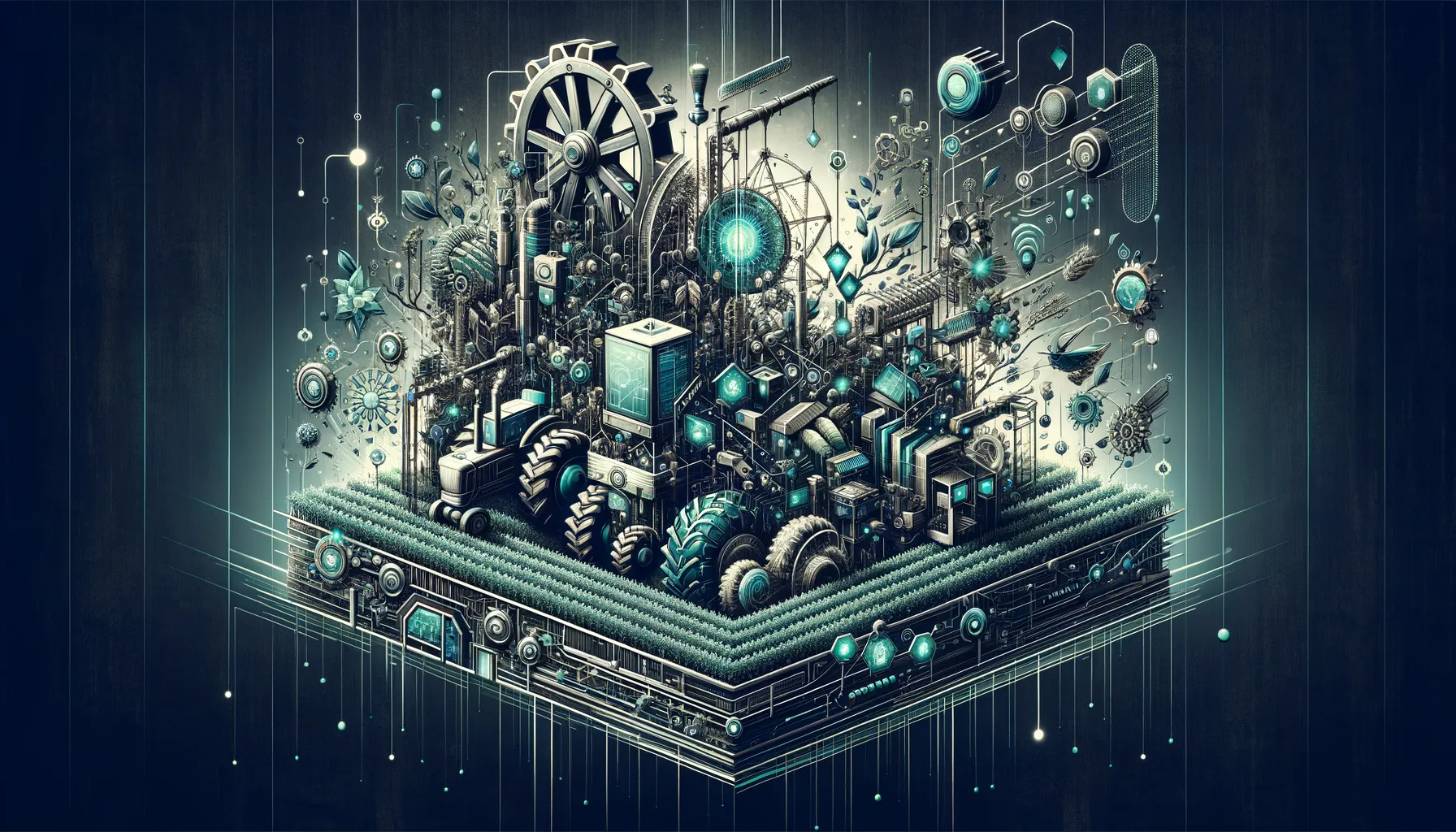Friday 14 February 2025, 11:41 AM
How smart agriculture is reshaping the future of farming
Smart agriculture uses tech like sensors, AI, IoT, and drones to make farming more efficient, sustainable, and productive—reshaping the future of farming.
How smart agriculture is reshaping the future of farming
Introduction
Hey there! Have you ever wondered how the food on your plate makes its journey from the farm to your fork? Well, farming isn't just about tractors and toil under the sun anymore. Welcome to the age of smart agriculture—where technology meets tradition to revolutionize the way we grow our food. Let's dive into how this exciting blend is reshaping the future of farming!
What is smart agriculture?
So, what's all the buzz about smart agriculture? In a nutshell, it's the use of modern technologies to enhance farming practices. Think of it as giving farms a high-tech makeover. From sensors and drones to big data and AI, farmers are now equipped with tools that help them make better decisions, increase efficiency, and, ultimately, produce more with less.
Precision farming: using data for better decisions
Gone are the days of one-size-fits-all farming. Precision agriculture is all about tailoring practices to specific parts of the field.
Soil and crop monitoring
Thanks to sensors embedded in the soil, farmers can now monitor moisture levels, nutrient content, and even soil composition in real-time. This means no more overwatering or under-fertilizing—just the right amount at the right time.
Satellite imagery and GPS mapping
With satellite imagery and GPS, farmers can create detailed maps of their fields. These maps highlight variations in crop health, allowing for targeted interventions. It's like having a bird's-eye view of your farm at all times!
IoT in agriculture: connected farms
The Internet of Things (IoT) isn't just for smart homes—it's making farms smarter too.
Real-time data and connectivity
Imagine getting instant alerts on your phone about changes in weather conditions, soil health, or even pest infestations. IoT devices collect and transmit data, helping farmers respond promptly to any issues.
Automated systems
From irrigation systems that adjust water flow based on soil moisture to feeders that provide livestock with the right nutrients, automation is taking the guesswork out of farming.
Drones and robotics in the fields
Drones aren't just for capturing stunning aerial shots—they're a farmer's new best friend.
Crop monitoring and spraying
Drones equipped with multispectral cameras can assess crop health, spot diseases early, and even spray pesticides with precision. This not only saves time but also reduces the use of chemicals.
Robotics and automation
Robots are handling repetitive tasks like planting seeds, weeding, and harvesting. This not only eases the labor burden but also increases efficiency and consistency in farm operations.
Smart greenhouses and vertical farming
Urbanization doesn't mean we have to give up on fresh produce.
Controlled environments
Smart greenhouses use technologies like LED lighting, climate control, and hydroponics to create optimal growing conditions year-round. This means fresh veggies, even in the dead of winter!
Vertical farming
By stacking layers of crops vertically, we're maximizing space—especially in urban settings. Plus, with controlled environments, these farms use significantly less water and no pesticides.
Benefits of smart agriculture
So, why should we care about all this techy stuff in farming?
Increased productivity
With precise control over growing conditions and resource use, farmers can significantly boost crop yields.
Environmental sustainability
Smart agriculture promotes efficient use of water, fertilizers, and pesticides, reducing the environmental footprint of farming.
Better quality produce
Monitoring and controlling every aspect of crop growth leads to healthier and higher-quality produce. Who doesn't love that?
Challenges and considerations
Of course, it's not all sunshine and rainbows.
High initial costs
Implementing smart technologies can be pricey. Small-scale farmers might find it challenging to make such investments without support.
Need for training
New tech means new skills. Farmers and workers need training to effectively use these tools.
Data security
With all that data floating around, there's a risk of it falling into the wrong hands. Ensuring data privacy and security is crucial.
The future of farming: what's next?
The technological revolution in agriculture is just getting started.
Artificial intelligence and machine learning
AI can predict weather patterns, market trends, and even recommend the best crops to plant. Machine learning algorithms continuously improve farming practices by analyzing vast amounts of data.
Biotechnology advancements
Gene editing technologies like CRISPR could lead to crops that are more resistant to pests and diseases, or that have higher nutritional value.
Sustainable practices
With the global focus on sustainability, smart agriculture will play a key role in reducing greenhouse gas emissions and promoting eco-friendly farming practices.
Conclusion
Smart agriculture is transforming farming from the ground up—literally! By embracing technology, farmers are not only boosting productivity but also paving the way for a more sustainable and efficient agricultural industry. So next time you bite into that juicy apple or enjoy a crisp salad, remember the tech-savvy journey it took to get to your plate. The future of farming is here, and it's smarter than ever!

